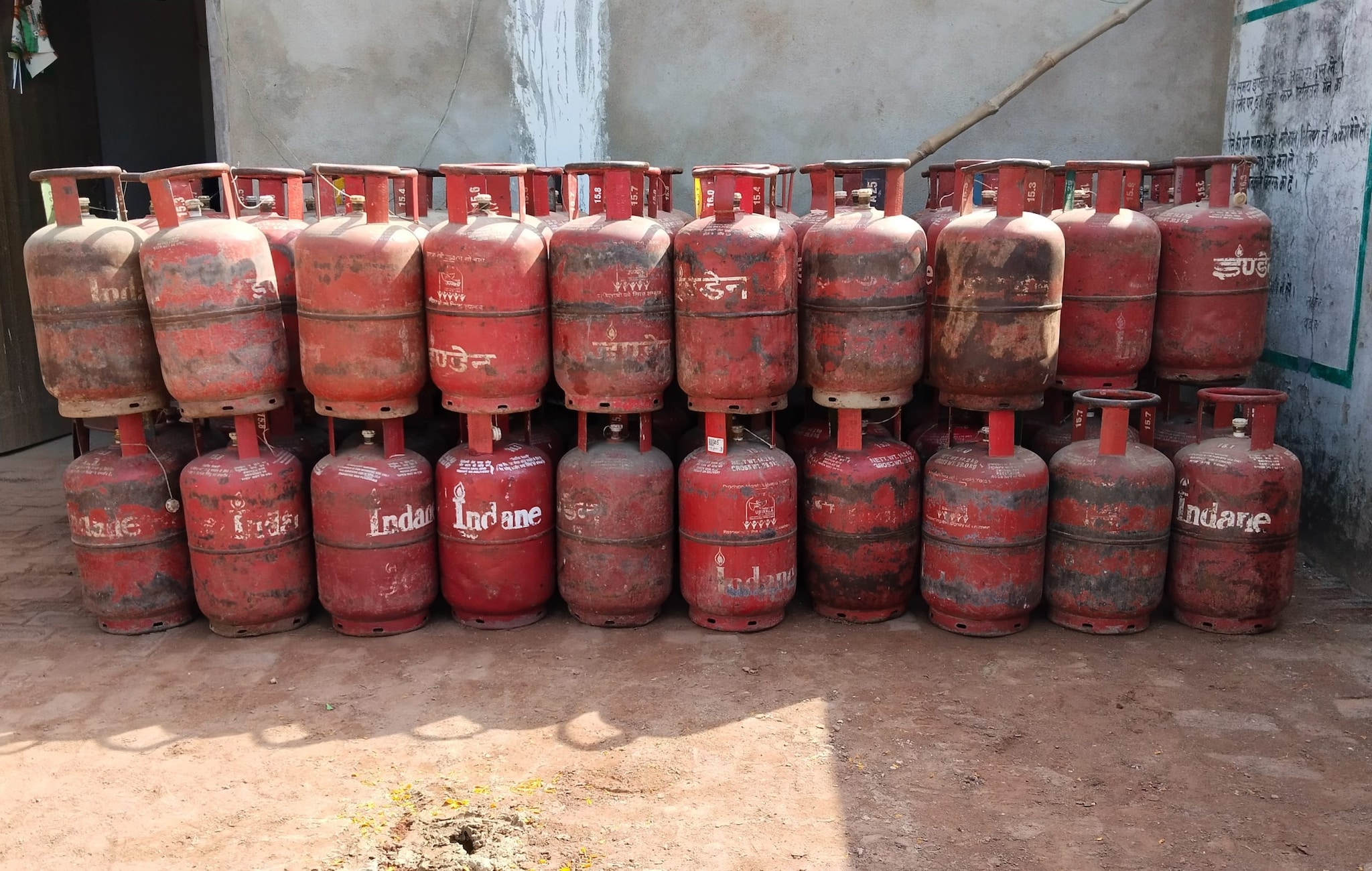The Vacaville City Council voted Tuesday evening to send a letter to the state government opposing new Cal Fire maps sent by the state fire marshal. The city is required to accept these maps, which place multiple areas in the city into a higher fire danger designation than they were in previous iterations. Councilmembers expressed frustration about the lack of local control on the issue and worried that the change will raise insurance rates, despite Cal Fire’s assurance that insurance rates are not based on these maps.
The area in and around Lagoon Valley is marked as a high-risk local responsibility on the new map, as is much of Brown’s Valley. North of Brown’s Valley is a high-risk local responsibility area. Much of the city’s southern and western borders also have moderate risk local responsibility areas.

In the unincorporated area north and west of Vacaville, there are multiple high-risk local responsibility areas. Vacaville’s western flank is covered in high and very high-risk state-controlled areas, reaching north as far as Lake Berryessa, part of a belt of high-risk state-responsibility areas that goes north to Redding and beyond. Fire Chief Kris Concepcion said the state regularly updates fire codes and maps following a major fire incident somewhere in the state.
Two major changes were in 1981 and 1992, following the Panorama Fire and Oakland Hills Fire respectively. Local agencies must designate the fire hazard severity zoned based on the state fire marshal recommendations. The city can make changes, but can only set zones at a higher risk rather than a lower risk.
No areas can be removed, Concepcion said. Concepcion said the city has to take comments, but the state fire marshal declines to receive those comments. Still, he said, the city will pass those comments on to the state.
The state considers fuel, weather, topography, fire history, flame length, blowing embers and likelihood in its considerations. Concepcion said that since the mid 2000s, the firefighting industry has learned how damaging embers can be to homes, causing some homes to burn inside-out. “The zones really follow the topographies, it’s where it comes down off of the hills,” he said.
Cal Fire’s statement on the maps notes that insurance companies make their own risk models, but that those models track similar factors to the Cal Fire model. “The Cal Fire hazard maps are not used for insurance rates or underwriting decisions.” Insurance Commissioner Ricardo Lara said.
“There’s no real way of taking this and feeling like it’s not another state mandate,” Carli said. Carli said he feels like the state is looking at this issue from an insurance perspective, and reiterated that the city does not have control over the issue. “How can insurance companies not use this?” Carli asked.
Concepcion said the department has been well aware of the risk in the city since long before the maps were updated ‘We’re very proactive in our prevention’s efforts. We’ve got one of the strongest — everybody know our weed abatement is like clockwork,” Concepcion said. Councilmember Roy Stockton thanked the department and all first responders for their work during the LNU fire and expressed confidence in them.
Stockton said constituents can reach out to their state level officials about this issue, but argued that the city should send a letter to the state insurance commissioner on the matter. “I think it’s really crummy that we have these bills that have been put in that take away local control on a super serious issue,” he said. Stockton asked what factors are being used by insurance companies to try to steer mitigation toward financial impact.
Councilmember Michael Silva recused himself from discussing the item, as did City Attorney Melinda Stewart, as both have homes in or near the Fire Hazard Severity Zones. Councilmember Ted Fremouw expressed frustration with the maps, and said the entire council has been discussing the issue, but their hands are tied. “We’re all paying the same, we’re all paying the same increases in our insurance,” he said.
Councilmember Greg Ritchie said he’s been dealing with this issue every day, and said the insurance commissioner is an elected official who can be replaced. The state has lost 16 of the world’s largest insurers, Ritchie said, leaving just a few more who no longer need to adapt or innovate. “We need more competition or we’re going to be stuck with this for the next decade,” Ritchie said.
.
Business

Vacaville to send letter protesting fire maps

The Vacaville City Council voted Tuesday evening to send a letter to the state government opposing new Cal Fire maps sent by the state fire marshal. The city is required to accept these maps, which place multiple areas in the city into a higher fire danger designation than they were in previous iterations. Councilmembers expressed [...]














